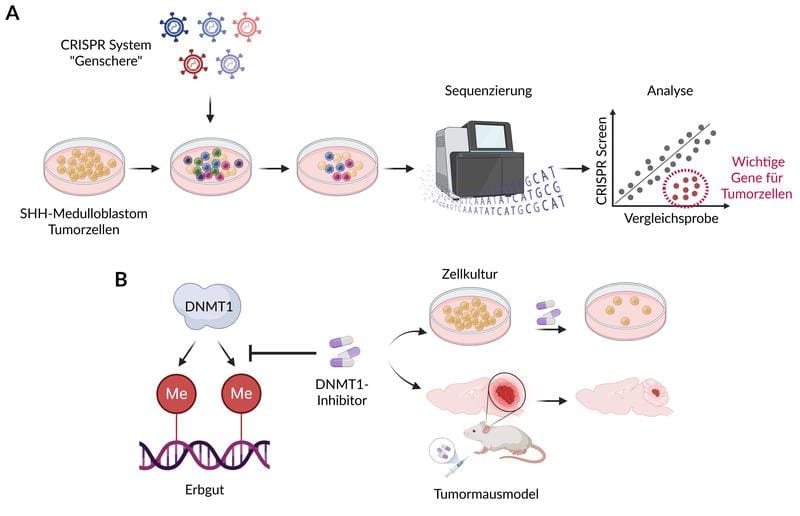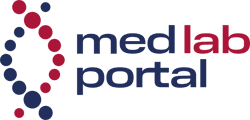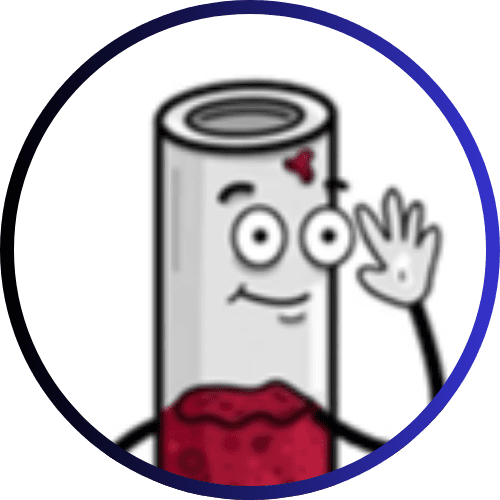T├╝bingen researchers discover weak point in childhood brain tumor
Scientists at the Hertie Institute for Clinical Brain Research at the University Hospital T├╝bingen have identified a potential weak point in a subgroup of medulloblastoma, one of the most common malignant brain tumors in children and adolescents. The discovery could lead to gentler therapies that target tumors without damaging healthy tissue. The project was funded by the Wilhelm Sander Foundation with 111,000 euros.
Brain tumors are one of the second most common childhood cancers after leukemia. Aggressive medulloblastoma develops in the cerebellar area, which is responsible for coordinating movements. Molecular genetic analyses have shown that there are four different forms of the disease. In one subgroup, the Sonic hedgehog signaling pathway (SHH) is excessively active. SHH inhibitors can be used in adults, but they are unsuitable in children due to strong systemic side effects, as the signaling pathway plays a central role in child development.

Led by Daniel Merk, the researchers used the CRISPR technique to systematically switch off genes in tumor cells and identify essential factors for tumor growth. The results showed that SHH medulloblastomas depend heavily on epigenetic regulators that control the packaging of the genetic material and thus influence the behavior of tumor cells. The DNMT1 gene in particular proved to be crucial: high activity of this gene correlates with a poorer prognosis in patients. Although DNMT1 is not directly part of the SHH signaling pathway, its shutdown disrupts the pathway and thus inhibits tumor growth.
In animal models of genetically modified mice developing SHH medulloblastomas, both SHH and DNMT1 inhibitors reduced tumor growth. A combination of both drugs achieved the strongest effect, which was also confirmed in cultures of human tumor cells. DNMT1 inhibitors are already used clinically in childhood leukemia and, unlike SHH inhibitors, do not cause severe side effects in young patients.
The researchers see their results as a promising approach for targeted therapies for affected children. Combination therapy could also offer advantages for adults in the future. Currently, 70 to 80 percent of medulloblastoma patients heal through conventional treatments, but many suffer from long-term consequences of aggressive therapies.
Original Paper:
Tsiami, F., Lago, C., Pozza, N., et al. Genome-wide CRISPR-Cas9 knockout screens identify DNMT1 as a druggable dependency in sonic hedgehog medulloblastoma. Acta Neuropathologica Communincations 12, 125 (2024). doi.org/10.1186/s40478-024-01831-x




